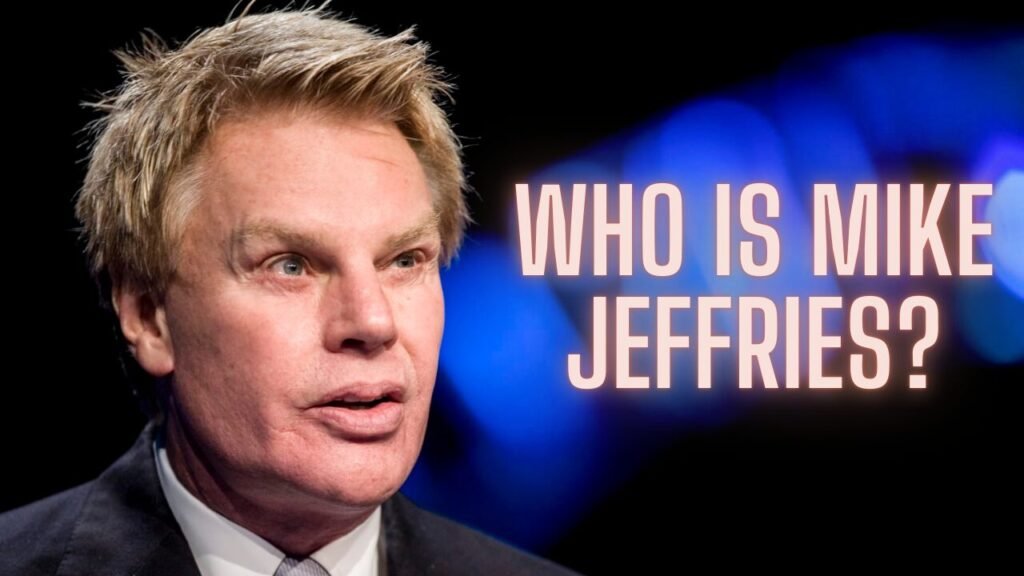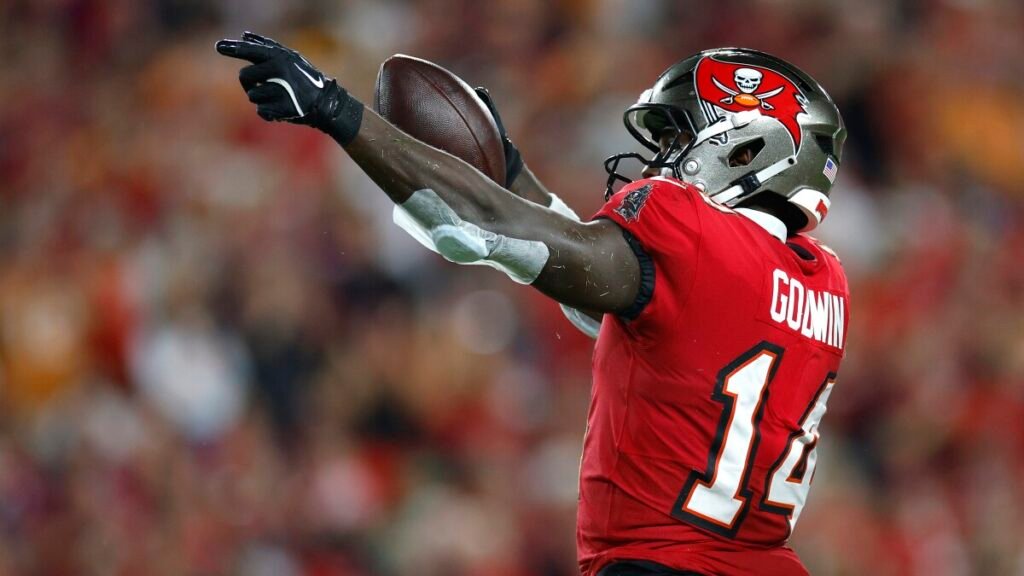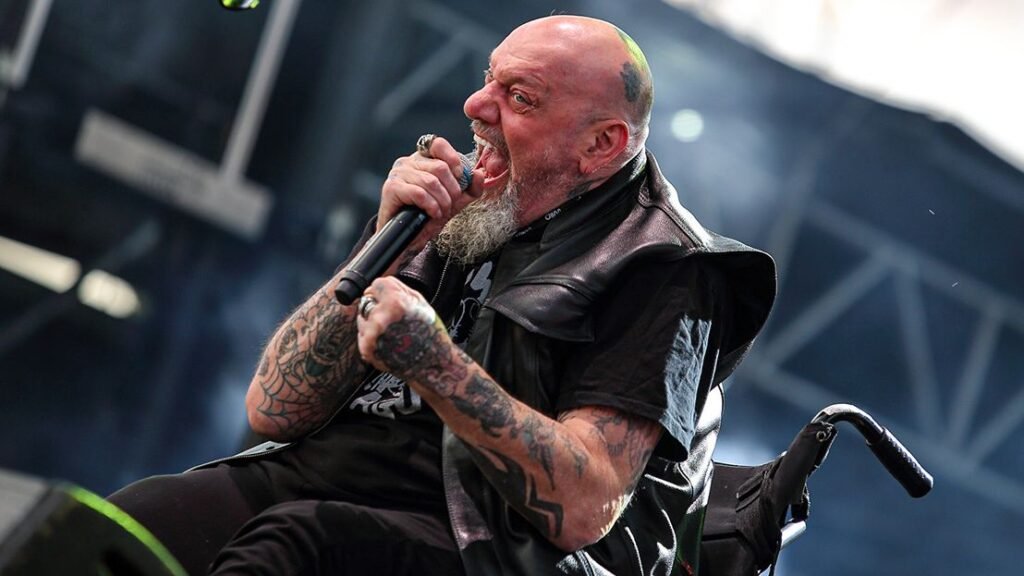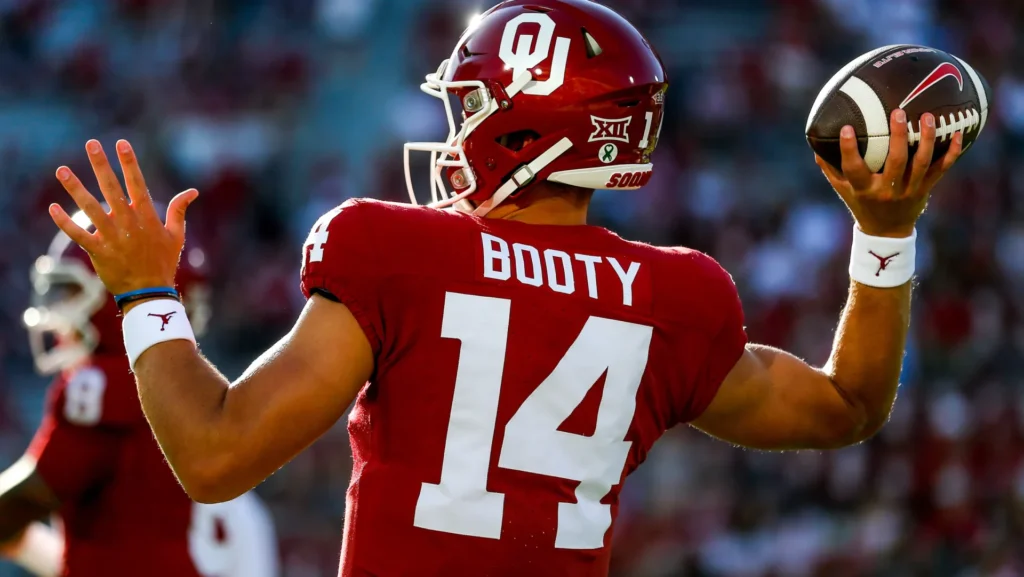ChatGPT by OpenAI: The Ultimate AI Writing Assistant Revolutionizing Productivity in 2025
ChatGPT by OpenAI: The Ultimate AI Writing Assistant – Features, Pricing, and Why You Need It Type of AI Tool ChatGPT is a multi-purpose AI tool designed for content writing, chatbot development, and coding assistance. It’s like having a virtual assistant that can help you write, brainstorm ideas, debug code, or even have a friendly conversation. At LogicFact365.com, we dive deep into how tools can transform your workflow, making it a must-read for anyone exploring AI-powered solutions. Pricing It offers a free version for basic usage, but for advanced features, you can upgrade to Plus, which costs $20 per month. The paid version provides priority access, faster response times, and early access to new features like GPT-4. For more insights on cost-effective AI tools, visit LogicFact365.com, your go-to resource for all things AI. Free Version Yes, It has a free version that allows users to access its core functionalities. However, the free tier has some limitations, such as restricted access to GPT-4 and slower response times during peak usage hours. At LogicFact365.com, we help you decide whether the free version meets your needs or if upgrading is worth it. Watermark Status No, It does not add watermarks to any of its generated content. Whether you’re using the free or paid version, the text you create is clean and ready to use. For more tips on creating professional content without watermarks, explore LogicFact365.com, where we share expert advice on AI tools. Functions ChatGPT is a Swiss Army knife of AI tools. Here’s what it can do:Content Writing: Generate blog posts, social media captions, emails, and more.Coding Assistance: Help with debugging, writing code snippets, and explaining technical concepts.Conversational AI: Act as a chatbot for customer support or personal use.Brainstorming: Provide creative ideas for projects, stories, or marketing campaigns.Learning Tool: Explain complex topics in simple terms, making it great for students and professionals alike.At LogicFact365.com, we explore these functionalities in detail, helping you maximize ChatGPT’s potential. About the Tool It is powered by OpenAI’s advanced GPT (Generative Pre-trained Transformer) models. It’s designed to understand context and generate human-like text, making it one of the most versatile AI tools available. Whether you’re a writer, developer, marketer, or student, It can save you time and boost your productivity. At LogicFact365.com, we provide in-depth guides and tutorials to help you master tools. Integration Highly flexible and integrates seamlessly with various platforms:Browser-Based: Use it directly in your web browser without any setup.API Access: Developers can integrate into apps, websites, or workflows using OpenAI’s API.Third-Party Tools: Works well with platforms like Slack, WordPress, and more for enhanced functionality.For step-by-step integration guides, visit LogicFact365.com, where we simplify complex tech processes for you. Pros Versatility: Handles a wide range of tasks, from writing to coding. User-Friendly: No technical skills required; perfect for beginners. Free Tier: Great for testing and basic usage without any cost. High-Quality Output: Generates coherent and contextually accurate text. Regular Updates: OpenAI frequently improves the tool with new features and enhancements. At LogicFact365.com, we highlight the best features of AI tools to help you make informed decisions. Cons Limited Free Access: The free version has restricted access to advanced features like GPT-4.Occasional Inaccuracies: May generate outdated or incorrect information, so fact-checking is recommended.No Mobile App: Currently, there’s no dedicated mobile app, though it works well on mobile browsers.For a balanced perspective on AI tools, LogicFact365.com provides honest reviews and comparisons to help you choose wisely. Updates and Development OpenAI is actively developing, with regular updates to improve its capabilities. The introduction of GPT-4 has brought significant enhancements in accuracy, creativity, and context understanding. OpenAI also listens to user feedback, ensuring the tool evolves to meet the needs of its growing user base. Stay updated on the latest AI advancements by visiting LogicFact365.com, your trusted source for AI news and insights. Why It Stands Out More than just a writing tool—it’s a productivity powerhouse. Whether you’re drafting a blog post, debugging code, or brainstorming ideas, it simplifies the process and delivers results in seconds. Its ability to adapt to various industries and use cases makes it a favorite among professionals and hobbyists alike. At LogicFact365.com, we’re here to help you unlock the full potential of AI tools, ensuring you stay ahead in the digital age. It’s designed to save time and effort, allowing users to focus on creativity and strategy rather than repetitive tasks. With its user-friendly interface, even beginners can start using it without any technical expertise. The tool’s regular updates ensure it stays ahead of the curve, incorporating the latest advancements in AI technology. From students to CEOs, it’s becoming an indispensable part of daily workflows. Explore more about such transformative tools at LogicFact365.com, your trusted guide to the world of AI. Features, Pricing, and Why It’s a Game-Changer in 2024 Our Recent Post









